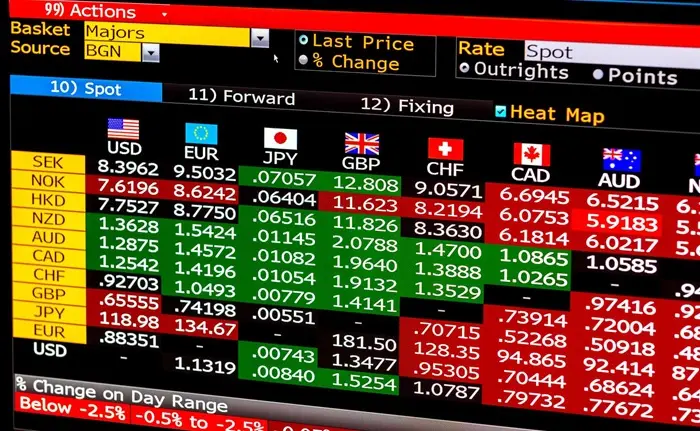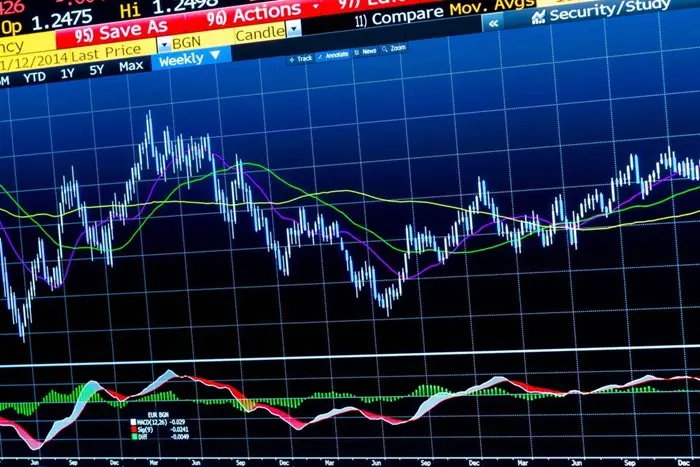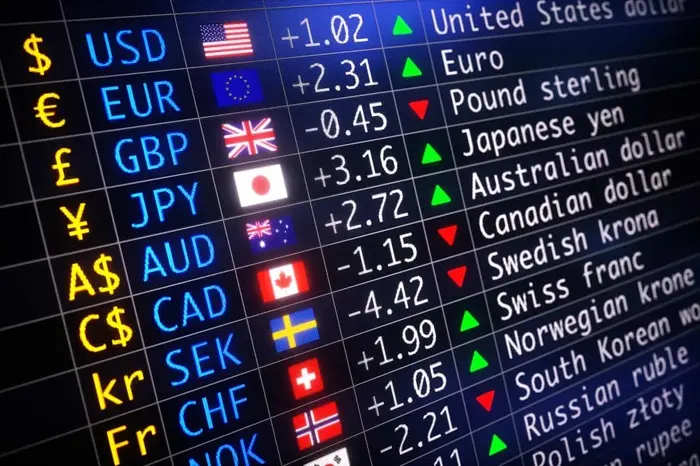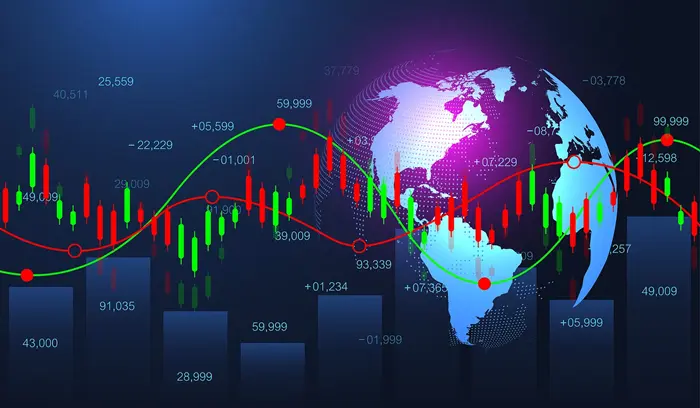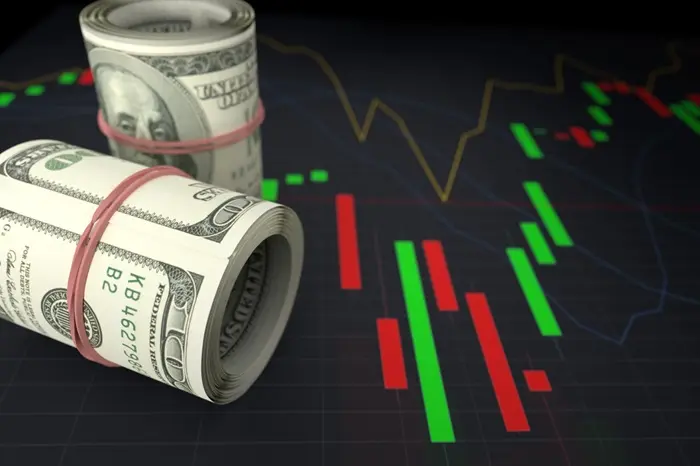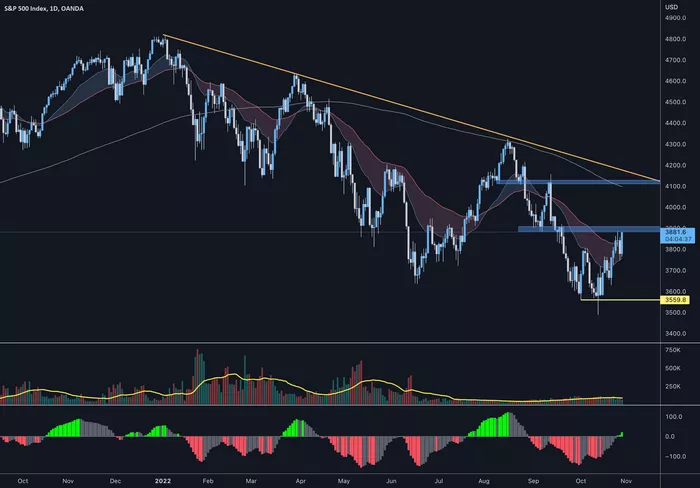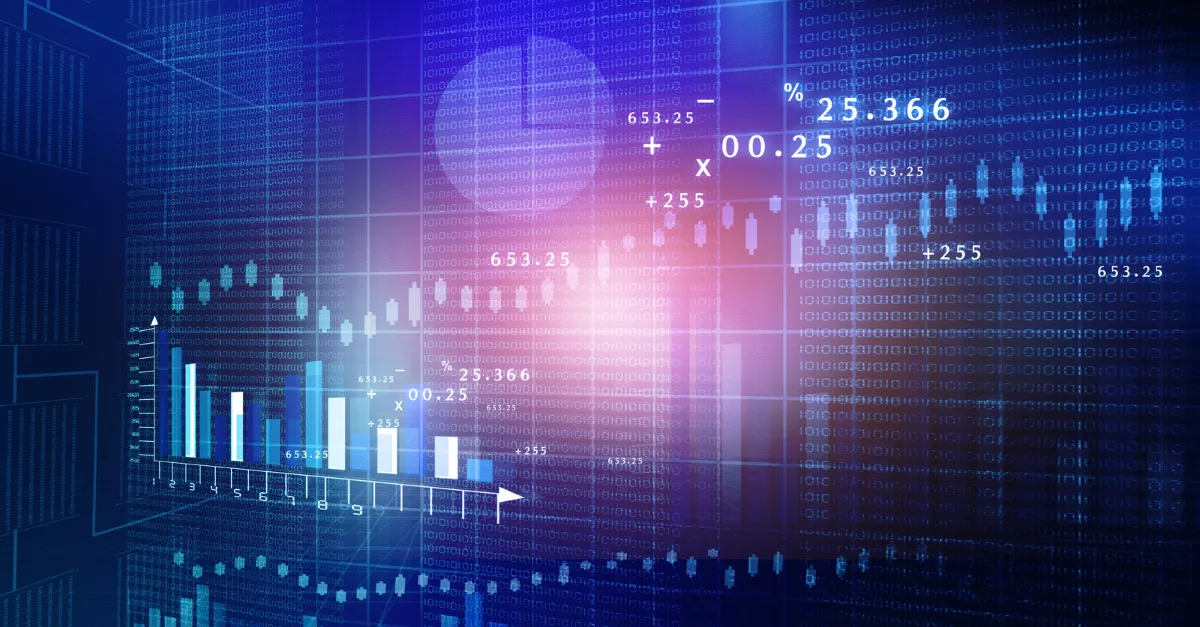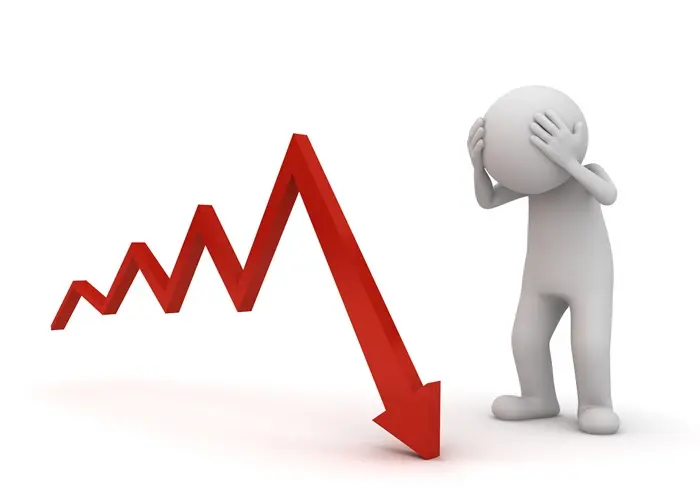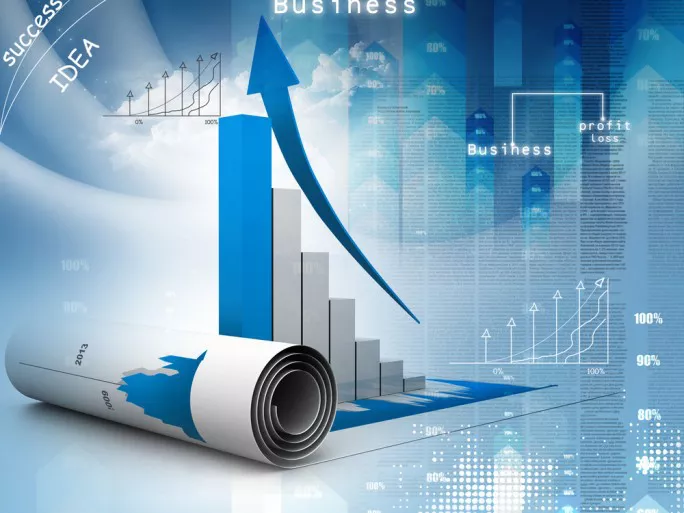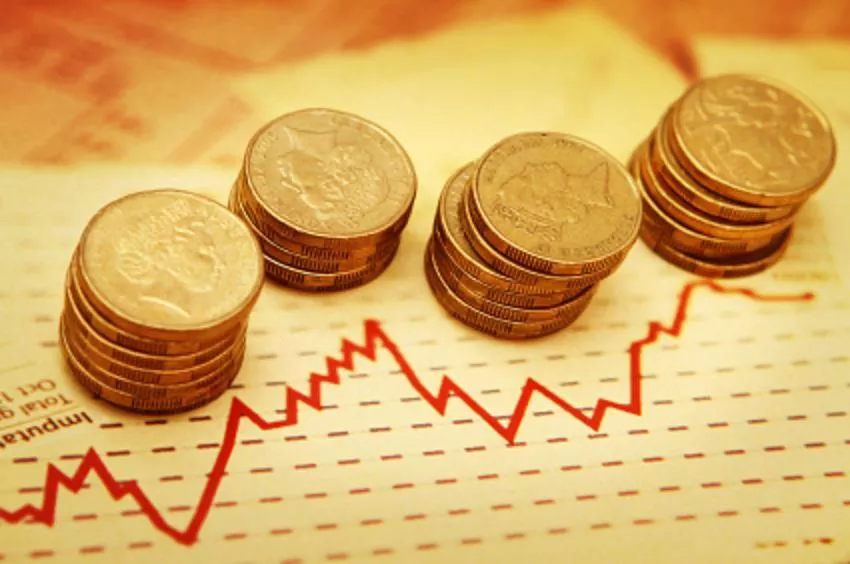When it comes to currency exchange, converting one currency to another is a process that is common for travelers, businesses, and traders alike. The Australian Dollar (AUD) and the US Dollar (USD) are two of the most widely traded currencies globally. Whether you are traveling to the United States or involved in international trade, understanding how to manually convert AUD to USD is a useful skill. This article will walk you through the process of converting AUD to USD, explaining the basics, methods, and factors that affect the exchange rate.
Understanding Exchange Rates
Before diving into the mechanics of converting AUD to USD manually, it is crucial to understand what an exchange rate is and how it works. An exchange rate is the value of one currency in terms of another currency. For example, if the exchange rate for AUD to USD is 0.70, it means that 1 Australian Dollar is equivalent to 0.70 US Dollars.
Exchange rates fluctuate constantly due to various factors such as economic conditions, interest rates, inflation, and geopolitical events. The rates may vary slightly depending on where you conduct the exchange, whether it is at a bank, a currency exchange booth, or through online platforms.
How to Convert AUD to USD Manually
To manually convert AUD to USD, you need two key pieces of information:
The exchange rate: This is the rate at which the Australian Dollar can be exchanged for US Dollars.
The amount of AUD: This is the amount of Australian Dollars you want to convert into US Dollars.
Step 1: Obtain the Current Exchange Rate
The first step in converting AUD to USD is to obtain the current exchange rate. This rate can be found on various financial websites, currency converters, and from banks or forex platforms. For example, if the current exchange rate is 0.70 (meaning 1 AUD = 0.70 USD), you would use this rate for your calculation.
There are several ways to obtain the current exchange rate:
Online currency converters: Websites like XE.com and OANDA provide live exchange rates.
Bank websites: Many banks and financial institutions publish their exchange rates.
Forex platforms: If you are using a forex trading platform, the live exchange rate will be displayed.
Step 2: Apply the Formula for Conversion
Once you have the exchange rate, the next step is to apply it to the amount of AUD you want to convert. The formula for converting AUD to USD is simple:
Amount in USD = Amount in AUD × Exchange Rate
For example, let’s say you have 100 AUD and the exchange rate is 0.70 USD for 1 AUD. The calculation would be:
100 AUD × 0.70 = 70 USD
Therefore, 100 Australian Dollars would be equivalent to 70 US Dollars based on the given exchange rate.
Step 3: Perform the Calculation
Now that you have the exchange rate and the amount of AUD, simply multiply the two numbers. This will give you the amount of USD you will receive in exchange for your AUD. If the exchange rate fluctuates, the value of USD you receive will change accordingly.
Let’s look at another example. If you have 250 AUD and the exchange rate is 0.75 USD for 1 AUD:
250 AUD × 0.75 = 187.5 USD
In this case, 250 Australian Dollars would be equivalent to 187.5 US Dollars.
Step 4: Adjust for Fees (If Applicable)
Many financial institutions and currency exchange services charge fees or offer exchange rates that are less favorable than the mid-market rate. The mid-market rate is the true market value for currency exchange, but when you convert AUD to USD, you may receive a slightly different rate due to commission or transaction fees. Therefore, after calculating the exchange rate, it’s essential to check if there are any fees involved.
If, for example, a bank charges a 2% fee on the transaction, you would need to reduce the amount of USD you would receive. To adjust for the fee:
Calculate the total amount of USD you would receive based on the exchange rate.
Subtract the fee from the total USD amount.
For example, if you were to convert 1,000 AUD at an exchange rate of 0.70 and the bank charges a 2% fee:
1,000 AUD × 0.70 = 700 USD
Then, subtract the fee:
700 USD × 0.02 = 14 USD
Now, subtract the fee from the total:
700 USD – 14 USD = 686 USD
So, after the fee, you would receive 686 US Dollars instead of 700.
Step 5: Check for Any Other Factors
There are also other factors that can influence the rate at which you can convert AUD to USD. For example, if you are making a large transaction, the exchange rate may differ from the rate for smaller conversions. Additionally, the rate may differ based on the location where you are converting the money (e.g., airport exchange booths, banks, or forex trading platforms).
Factors Affecting the Exchange Rate
Several factors influence exchange rates between two currencies. Here are some of the most common factors that can affect the AUD/USD exchange rate:
Interest Rates: Central banks set interest rates, and higher interest rates in a country often lead to a stronger currency. When the Reserve Bank of Australia (RBA) increases interest rates, the Australian Dollar typically appreciates, affecting the exchange rate against other currencies, including the US Dollar.
Inflation: Countries with lower inflation rates tend to have stronger currencies. A low inflation rate helps preserve the currency’s purchasing power, which can make the currency more attractive to investors.
Economic Data: Economic reports such as GDP growth, employment data, and consumer confidence can influence the exchange rate. Strong economic performance in Australia can lead to a stronger Australian Dollar.
Political Stability: Countries with stable political environments often see their currency perform better against other currencies. Any political instability in Australia or the United States can lead to fluctuations in the AUD/USD exchange rate.
Commodity Prices: Australia is a major exporter of commodities like gold and iron ore. When commodity prices rise, the Australian Dollar tends to strengthen because the demand for these commodities increases, boosting the Australian economy.
Market Sentiment: Currency values are also influenced by investor sentiment. If investors believe that the Australian economy will perform well in the future, they may be more likely to purchase Australian Dollars, leading to a rise in its value.
Tools and Resources for Converting AUD to USD
While manual conversion is a great way to learn the process, there are also several tools and resources that can help streamline the process of converting AUD to USD:
Currency Converter Apps
Many mobile apps are available for free that allow users to quickly convert AUD to USD in real-time. These apps provide live exchange rates and can be a convenient way to check the value of currencies at any time. Popular currency converter apps include XE Currency, OANDA, and Easy Currency Converter.
Online Currency Converters
Websites such as XE.com, OANDA, and Google’s built-in currency converter provide real-time exchange rates and allow users to convert AUD to USD and vice versa instantly. These tools are particularly useful for quick conversions and offer a wide range of currencies.
Forex Platforms
If you are involved in forex trading, using a forex platform like MetaTrader 4 or MetaTrader 5 provides live exchange rates and the ability to track currency pairs, including AUD/USD. These platforms allow traders to not only manually convert currencies but also place trades based on currency pair values.
Conclusion
Converting AUD to USD manually is a straightforward process that involves obtaining the exchange rate, applying a simple formula, and adjusting for any fees or additional costs. Whether you are converting a small amount for personal use or involved in larger transactions for business or trading purposes, it’s essential to stay informed about the factors that affect exchange rates.
While manual conversion is a valuable skill, various tools and resources such as currency converter apps, online converters, and forex platforms can help simplify the process. Always keep in mind that exchange rates fluctuate, and it’s important to monitor them regularly if you are involved in forex trading or international transactions.
By understanding the basics of currency conversion and staying aware of market conditions, you can make informed decisions when converting AUD to USD.
Related topics:

